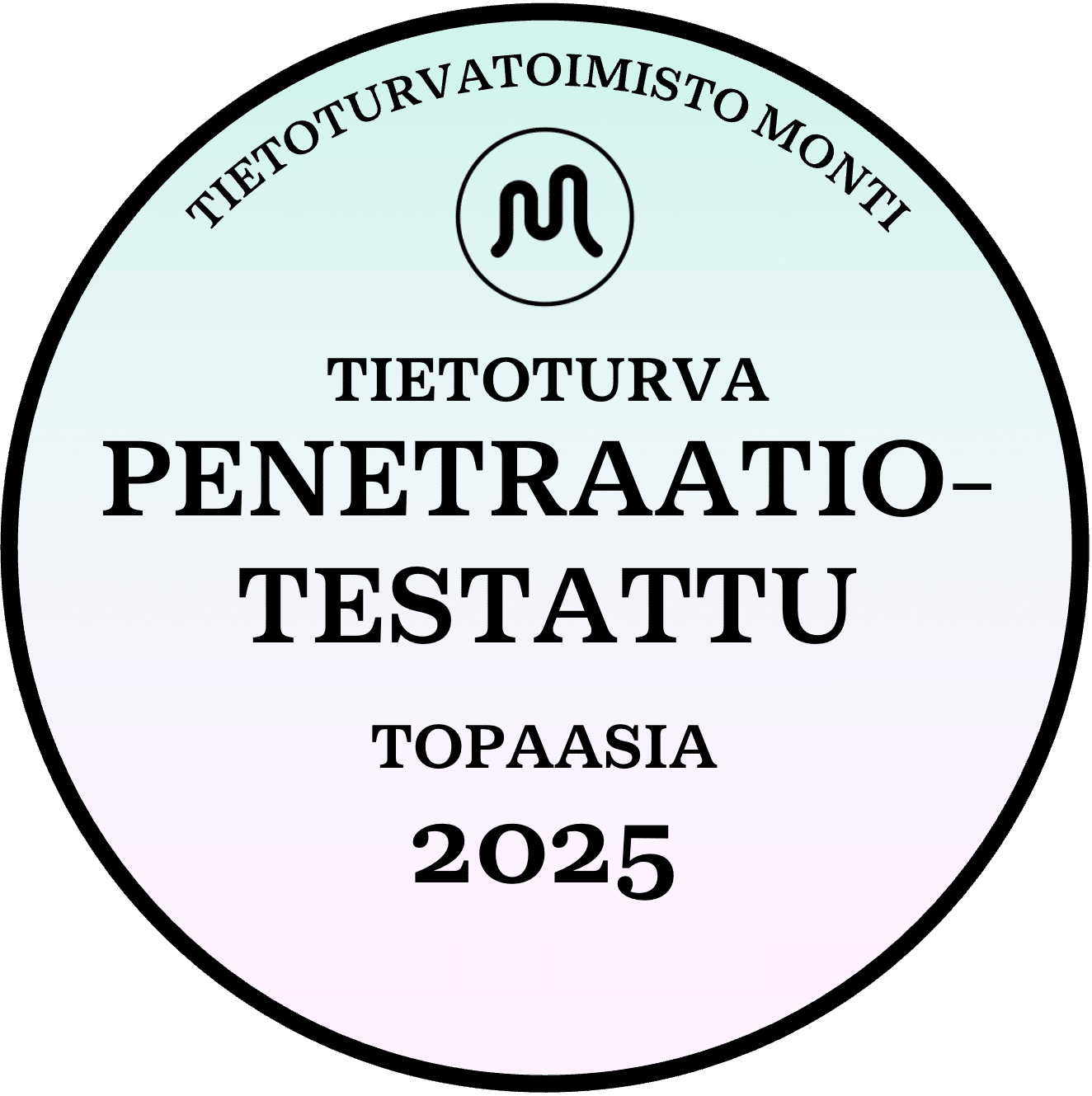Dealer’s guide
Hi! This is constantly updating digital version of Topaasia® – dealer’s guide. (Last updated 16.1.2019)
In this guide we go through frequently asked questions concerning Topaasia’s use and share tips and ideas.
Below you’ll see video about latest rules for playing Topaasia:
Download the Crystallization Canvas seen on the video.
Where should I play Topaasia®?
Our customers use Topaasia®-games in very different situations, depending on industry. They are used by stable teams (management team, sales team etc.), project groups and other work groups. Some different situations, where you could use Topaasia-games:
-Monthly meetings
-Weekly meetings
-As a part of strategy/vision/development days
-Project meetings
-Retrospectives
-Different kind of workshops
-Forums of constant development, learning and sharing of knowledge
Choosing the topic for game session
Before beginning the game team chooses the session’ topic. You can also choose topic yourself beforehand. The topic must be relevant and current for the team. It is important that the topic is one that the group needs to discuss and make choices upon together. The choosing of topic is important so the players will talk about same things and better understand each other.
The Topaasia® – pack you have also plays a meaningful part in choosing of topic.
Conversation about work community or inner co-operation is better to have with Work community or Common pack, than with Customer experience – pack.
Ie. with Marketing -pack it is natural to choose topic to be marketing of product, service, project or organization.
Other ideas for session’s topic:
Teamwork
Team’s development discussion
Self-management as a team
Team’s retrospective
Ability to act agile
Co-operation of teams
How to work better as a team
Projects
Direction of project
Project’s retrospective
Monthly meeting
Project’s success
Organization
More efficient operations
Discussion culture of work community
Success of organization change
Support of self-direction
Coping with everyday work
Time management
Co-operation
Sharing of know-how
Internal communications
Change of work
Building learning organization
Customer Experience
Agility
Leadership
Management
Implementation of strategy
Choosing Point of View – cards
Topaasia – game has 9 potential point of views:
3 positive point of views (the strongest, most exciting, most important)
3 negative point of views (the weakest, most frustrating, most challenging)
3 risk point of views (most likely risk factor, most severe risk factor, the difficulties risk factor)
We recommend to play games with 3-4 point of view – cards. Then duration of game session is about 30-60 minutes. You should always include at least one positive point of view to the game.
You can choose point of view – cards together or you can choose them yourself beforehand like a dictator.
The most common combo we recommend is most exciting, most frustrating, most important and weakest.
If you are playing in a situation where the team or project is just beginning, you should play at least few risk factor point of views. Good combo for that is the most likely risk, the most severe risk and most exciting.
Playing the game
Rules of the game are guided in the beginning of this article, rulebook and in this animation.
Few notices about the rules:
-players don’t have to reveal the card they played. They can do that of course during the conversation if they want to.
-players can change their cards from the deck once a round. Player can change even their all cards.
-As a dealer you might want to nudge people to notice, if the hour glass has run out of sand and no one of the players notice (Usually somebody notices and hurries the conversation on)
-Evert round has max 3 hourglasses of time (9 minutes). That means you can turn the hourglass twice every round. Some conversations take the whole 9 minutes and some conversations are good with one hour glass, 3 minutes.
Dialogue
Topaasia is a serious game based on dialogue. All the value is created in dialogue between the players. We have never the less defined how the players should have conversations, because every team and group is different with different kind of people. We tell about some sources for dialogue, which you can use with your team if wanted.
David Kantor has defined four roles for people having dialogue: Mover, opposer, follower and bystander.
“Without movers the dialogue has no direction.
Without followers nothing is lead to conclusion.
Without opposers no one makes corrections.
Without bystanders the dialogue has no perspective.”
Topaasia® creates one of ”most important facilities for dialogue” which is atmosphere for discussion. It is a cirmustance, where fruitful interaction is possible. The rules and boundaries of the game help to create a place, where dialogue is created from equal starting point.
Sentences to help advance the game situation
If you have more silent people in game session, at least the dealer (if no one else) should/can invite that person to join the discussion by asking him/her:
what do you think?
One way to advance conversation is to limit cards from the options by lowering some cards and say “well not at least this and this”. It is easier to continue conversation from fewer choices.
The best way to advance the conversation, if it doesn’t seem to take off, is to bravely state your own opinion and open the conversation. Usually someone grabs that opinion and continues after a second of thought.
Crystallizing the game session
At the end of the game you choose one card/subject that the team wants to improve and can improve. This subject is Topaasia, which means the most important subject calling for improvement. The subject should be one that can be clearly helpful to improve upon. Subject should also be one, that players can affect by their own actions.
When choosing actions for Topaasia, we recommend to choose:
-small concrete actions over big plans.
-little amount of actions over long list of actions. Even one action is enough.
Topaasia can also be an experiment. The end result of experiment can be success or failure, both are good. The most important thing in experiments is to see and learn what happens, when we do the experiment.
Thanks for reading!
You can buy Topaasia – games from our webstore
If you want to know more, please email ville@topaasia.com



